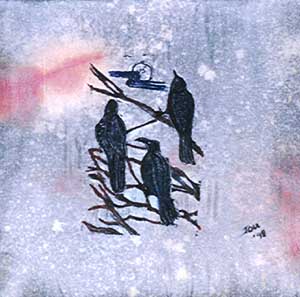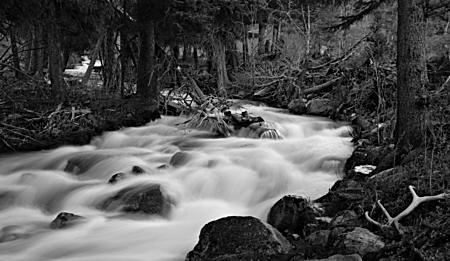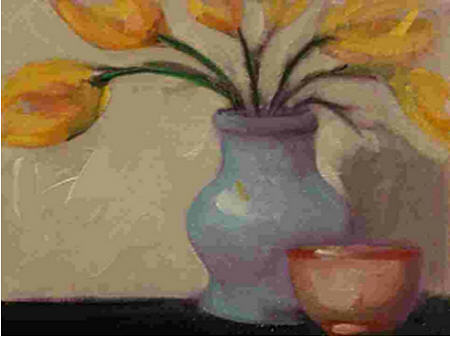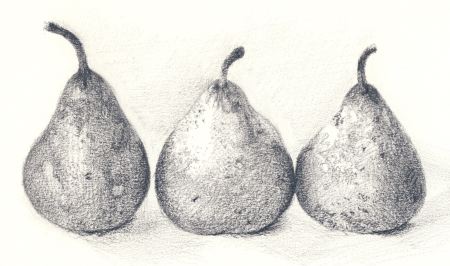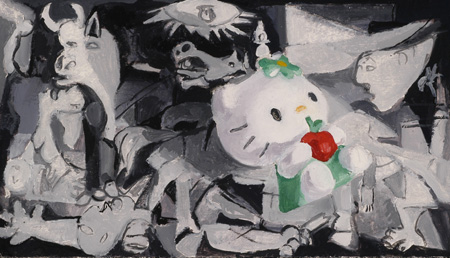
One of my most powerful and influential muses both in my writing and photography is incongruity. I believe this is the case for two reasons. First, growing up gay in mid 20th Century America means you daily face living in a state of perpetual incongruousness. Almost every thought you have is incongruous with your surroundings and the apparent thoughts of most everyone around you. Your self-confidence, self-respect and development as a human being depends on embracing and owning your state of incongruity. As a child and especially as a closeted teenager and college student I was often called a non-conformist and an iconoclast. That was unfair to true non-conformists and iconoclasts because I did not choose to be so whereas they do. What appeared to be non-conformity and iconoclasm was merely the manifestations of my incongruous condition.
The second reason for my creative relationship with incongruity is Manhattan, my life-long environment. Environmentally, my home town provided a visual and cultural stew that celebrated and exploded with incongruity. As a child and closeted young man, I could swim in the waters of Manhattan with complete confidence and comfort. Who would notice my quirky little self in this ocean of intensely complex cultural, economic, political, racial and ethnic diversity and this visual cacophony and feast of discordant shapes, colors and textures?

So incongruity became my home and my muse.
I believe that New York is as important to the art world as it is because this city”s uniquely incongruous nature drives an unequaled atmosphere of creative energy and frenetic industry. I was recently asked why I “limit” my camera to New York. In fact, I almost never travel with my camera. My inventory of Manhattan photography is vast. And having traveled extensively throughout more than two dozen countries and countless cities and towns, I have but a few hundred old transparencies buried in a drawer somewhere.
The reason is that my muse is a very demanding mistress. Paris is a city of harmony and balance. London delivers an abundance of quaint, stately and a touch of the eccentric. Tokyo is an avalanche of uniformity and elegance. Bangkok is an ocean of golden spires. Amsterdam’s incongruity lies in the sexual antics hidden behind sparkling clean windows and compulsively neat little houses. But if I photographed these places I would feel like an adulterer.

For many reasons: Chance, the forces of chaos, competing cultural perspectives, subconscious manifestations of the city’s demographics–Manhattan’s is the queen of incongruity. My camera’s appetite for it seems never to be satisfied by the cornucopia of inharmonious diversity of architecture, styles and design. New York never disappoints in that regard. In most any direction you look in most parts of town, you will find bizarre, often inappropriate and jarring juxtapositions of lifestyles and perspectives that should make for one big jumble of chaos but instead it is in that brazen incongruity that the city finds an amazing visual harmony.
Tourists are often jarred by this as they discover that a wrong turn on a city block can transport you into an entirely different world after merely walking a few feet. Other than the city’s famous grid pattern, little else has been done in concert thanks to the egos and individuality of very wealthy men and the American habit of borrowing architectural styles and ornamental designs and decorative effects from several thousand years of human history which is no where more apparent than in this city.

On one city block you may catch glimpses of ancient Babylonia, Classical Greece, Medieval Europe, Art Nouveau Vienna, and Renaissance France. Some of these will be bizarrely newish, some aged through recent neglect and other parts deliberately made to look weathered over hundreds or even thousands of years. In fact, one of the most charming characteristics of this great lady with a passion for phallic symbols is that it is often impossible to differentiate between neglect and artful and deliberate antiquing.
I will be quite content to spend the rest of my life exploring this town’s details. I consider myself to be extremely lucky to have found a model who remains timeless, always changing and forever surprising. My work is completely a product of my environment. Incongruity. Except Manhattan is also the glue that holds it together, and I mean “it” in every sense of the word.
